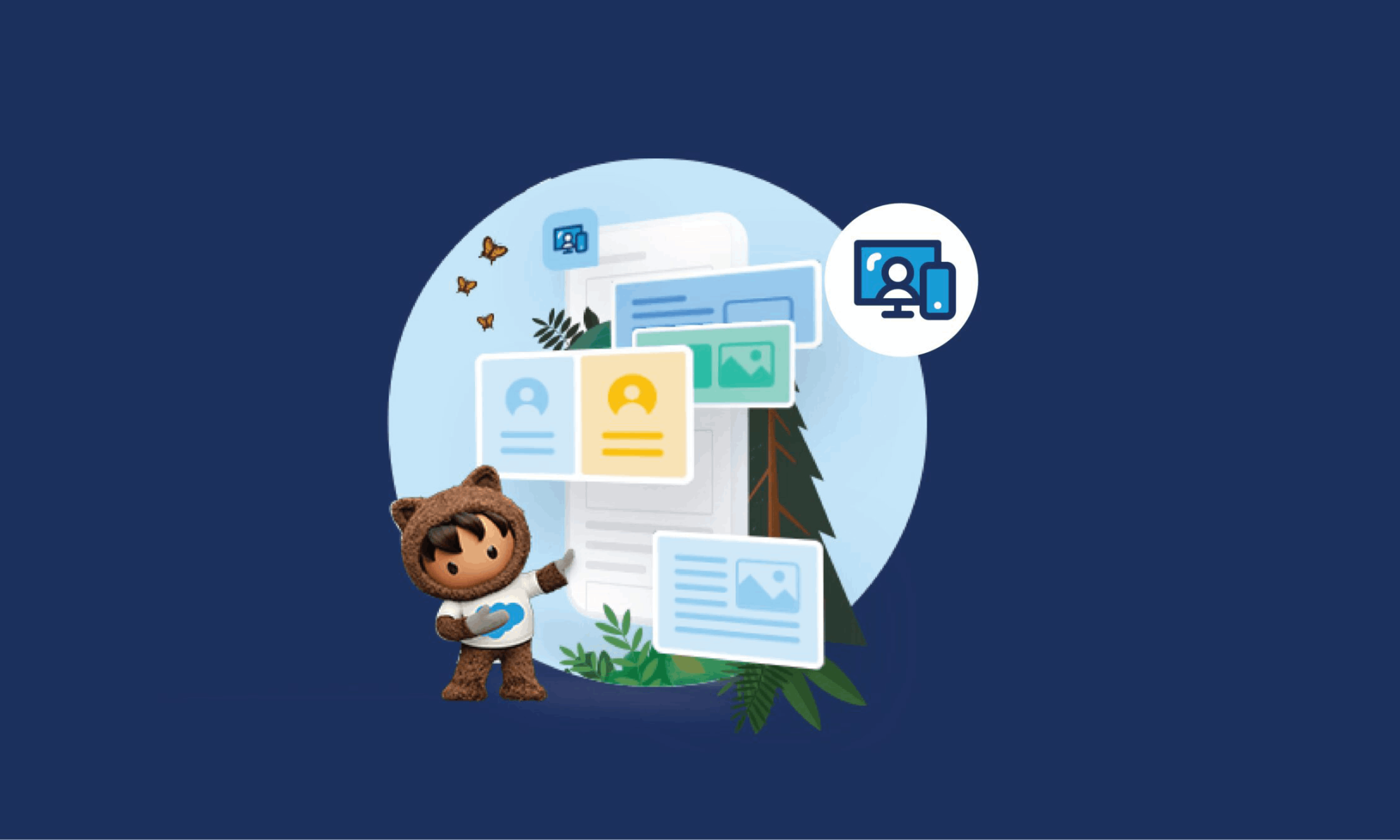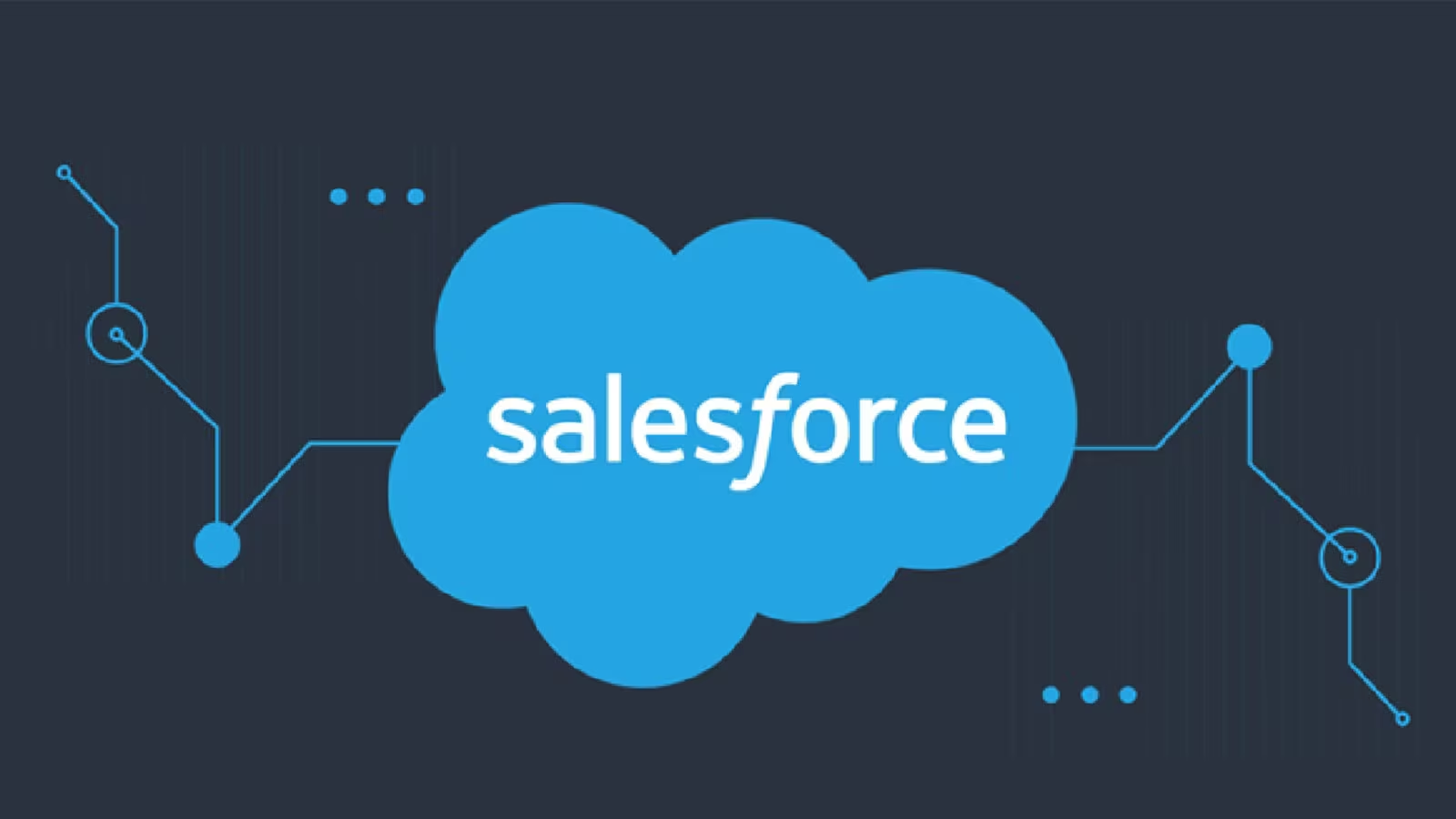In the rapidly evolving digital landscape, businesses are continuously seeking innovative solutions to stay ahead of the competition. Cloud services have emerged as a pivotal technology, revolutionizing the way companies operate, communicate, and serve their customers. As we delve into the realm of cloud services, Salesforce stands out as a leader, offering a suite of tools designed to enhance business efficiency and growth. The role of Salesforce consultants has become increasingly important, guiding organizations through the complexities of cloud integration to unlock their full potential. In this article, we will explore the transformative power of Salesforce consultants and how they can elevate your business to new heights.
What are cloud services?
A vast array of services that are provided on demand to businesses and consumers via the Internet are referred to as cloud services. These services are made to give users quick, inexpensive access to resources and applications without requiring hardware or internal infrastructure. From data storage and management to software delivery and advanced analytics, cloud services encompass a broad spectrum of functionalities that enable businesses to operate more efficiently and flexibly.
The adoption of cloud services has become a cornerstone for businesses aiming to scale quickly and adapt to changing market demands. By leveraging the cloud, companies can reduce IT costs, improve collaboration among team members, and enhance their ability to innovate. Cloud services offer the agility needed to respond swiftly to opportunities and challenges, making them an indispensable tool in today’s fast-paced business environment.
The benefits of cloud services for businesses
The advantages of integrating cloud services into business operations are manifold. Firstly, cloud computing offers unparalleled scalability, allowing businesses to adjust their resource usage based on current needs without significant upfront investments in physical infrastructure. This flexibility is crucial for businesses looking to grow or adapt to seasonal fluctuations in demand.
Moreover, cloud services enhance collaboration within organizations. Teams may access, edit, and share documents from anywhere at any time with cloud-based technologies, which promotes a more dynamic and effective workflow. This level of connectivity is particularly beneficial in today’s globalized business world, where teams are often spread across different locations.
Lastly, cloud services contribute to improved security and compliance. Reputable cloud service providers invest heavily in the latest security technologies and adhere to strict compliance standards, ensuring that business data is protected against cyber threats and breaches. This aspect is particularly important in industries handling sensitive information, where data security is a top priority.
Understanding Salesforce and its role in cloud services
Salesforce is a leading cloud-based Customer Relationship Management (CRM) platform that enables businesses to connect with their customers in a whole new way. It provides a full range of services, such as business analytics, marketing automation, customer support, and sales management. Salesforce’s versatility and scalability make it an excellent choice for businesses of all sizes and across various industries.
At its core, Salesforce helps companies understand their customers better. By centralizing customer information and interactions in a single platform, businesses can personalize their services and communications, leading to enhanced customer satisfaction and loyalty.
Furthermore, Salesforce’s powerful analytics tools provide valuable insights into customer behavior and preferences, empowering businesses to make data-driven decisions.
The role of Salesforce in cloud services extends beyond CRM. It acts as a platform for developing custom applications and integrating with other cloud services, further expanding its capabilities and the value it delivers to businesses.
The importance of Salesforce consultants for businesses
Implementing Salesforce within an organization is a complex process that requires deep knowledge and expertise. Salesforce consultants are useful in this situation. These professionals possess a thorough understanding of Salesforce capabilities and best practices, enabling them to tailor the platform to meet the specific needs of each business.
Salesforce consultants play a crucial role in ensuring a smooth and successful Salesforce implementation. They help businesses navigate the myriad of options within Salesforce, advising on the most suitable features and configurations. Moreover, they provide essential training and support to staff, ensuring that teams can utilize Salesforce to its full potential.
Furthermore, Salesforce consultants offer valuable insights into how businesses can leverage Salesforce to achieve their strategic goals. Whether it’s improving customer engagement, streamlining sales processes, or enhancing operational efficiency, Salesforce consultants provide the expertise needed to realize these objectives.
How Salesforce consultants can transform your business
The impact of Salesforce consultants on a business can be profound and multifaceted. Firstly, they can significantly improve the efficiency and effectiveness of sales and customer service teams. By customizing Salesforce to fit the unique processes and workflows of a business, consultants ensure that teams have access to the tools and information they need to excel in their roles.
Secondly, Salesforce consultants can unlock the potential of data for business growth. Through the implementation of advanced analytics and reporting features, businesses can gain deep insights into customer behavior, sales trends, and market opportunities. These insights can inform strategic decisions, driving sustained growth and competitiveness.
Lastly, Salesforce consultants can facilitate innovation within organizations. By leveraging Salesforce’s platform capabilities, consultants can help businesses develop custom applications and integrations that enhance product offerings, improve customer experiences, and open up new revenue streams.
Key features and capabilities of Salesforce for business growth
Salesforce offers a wide array of features and capabilities designed to support business growth. At its heart, the CRM functionality enables businesses to manage customer interactions across sales, service, marketing, and more, creating a 360-degree view of the customer. This comprehensive understanding is critical for delivering personalized experiences and building strong relationships.
Another key feature is Salesforce’s robust analytics and reporting tools. These allow businesses to track performance metrics, analyze customer data, and uncover insights that can lead to more informed decision-making and strategic planning.
Furthermore, Salesforce’s platform provides the flexibility to build custom applications tailored to specific business needs. Whether it’s automating complex business processes or creating new customer engagement channels, Salesforce’s platform enables businesses to innovate and differentiate themselves in the market.
The process of implementing Salesforce in your business
Implementing Salesforce in your business involves several key steps, starting with a thorough planning phase. During this stage, it’s crucial to define clear objectives for what you want to achieve with Salesforce, such as improving customer engagement or streamlining sales processes. This will guide the customization and configuration of the platform to ensure it aligns with your business goals.
Next, the actual setup and customization of Salesforce take place. This involves configuring the platform’s various features, such as setting up sales pipelines, customer service workflows, and marketing campaigns, according to your specific requirements. Data migration is another critical step, where existing customer and business data are transferred to Salesforce, ensuring a seamless transition.
Training and adoption are crucial for maximizing the benefits of Salesforce. Staff need to be adequately trained on how to use the platform effectively, and ongoing support should be provided to address any issues or questions that arise.
Tips for choosing the right Salesforce consultant for your business
Selecting the right Salesforce consultant is crucial for a successful implementation. Look for consultants with a proven track record and relevant certifications. These indicate a deep understanding of Salesforce and a commitment to staying updated on the latest features and best practices.
It’s also important to choose a consultant who takes the time to understand your business and its unique challenges. They should be able to provide customized solutions rather than a one-size-fits-all approach.
Lastly, consider the consultant’s communication skills and project management approach. They should be able to effectively communicate progress, manage timelines, and collaborate with your team to ensure a smooth implementation process.
Case studies: Success stories of businesses leveraging Salesforce consultants
Numerous businesses have transformed their operations and achieved remarkable success by leveraging Salesforce consultants. For example, a retail company struggling with customer retention worked with a Salesforce consultant to implement a personalized marketing strategy, leading to a significant increase in customer loyalty and repeat purchases.
Another case involves a manufacturing company that utilized Salesforce consultants to streamline its sales process. By customizing Salesforce to automate manual tasks and provide sales reps with real-time data, the company saw a dramatic improvement in sales efficiency and revenue growth.
These success stories highlight the transformative impact Salesforce consultants can have on businesses, driving efficiency, customer satisfaction, and growth.
Conclusion: Embracing the power of cloud services with Salesforce consultants
In conclusion, cloud services, and Salesforce, in particular, offer businesses an unparalleled opportunity to enhance their operations, engage with customers more effectively, and drive growth. Salesforce consultants are key to unlocking this potential, providing the expertise and support needed to tailor Salesforce to your business’s unique needs. By choosing the right consultant and embracing the transformative power of Salesforce, businesses can achieve remarkable results, staying competitive and innovative in the digital age. As we look to the future, the role of Salesforce consultants will only continue to grow, highlighting the importance of cloud services in the modern business landscape.




